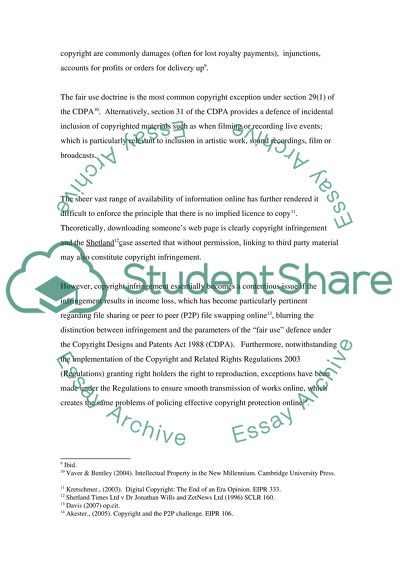Cite this document
(Copyright Law Issues Essay Example | Topics and Well Written Essays - 1500 words, n.d.)
Copyright Law Issues Essay Example | Topics and Well Written Essays - 1500 words. https://studentshare.org/law/1558333-copyright-law
Copyright Law Issues Essay Example | Topics and Well Written Essays - 1500 words. https://studentshare.org/law/1558333-copyright-law
(Copyright Law Issues Essay Example | Topics and Well Written Essays - 1500 Words)
Copyright Law Issues Essay Example | Topics and Well Written Essays - 1500 Words. https://studentshare.org/law/1558333-copyright-law.
Copyright Law Issues Essay Example | Topics and Well Written Essays - 1500 Words. https://studentshare.org/law/1558333-copyright-law.
“Copyright Law Issues Essay Example | Topics and Well Written Essays - 1500 Words”. https://studentshare.org/law/1558333-copyright-law.


